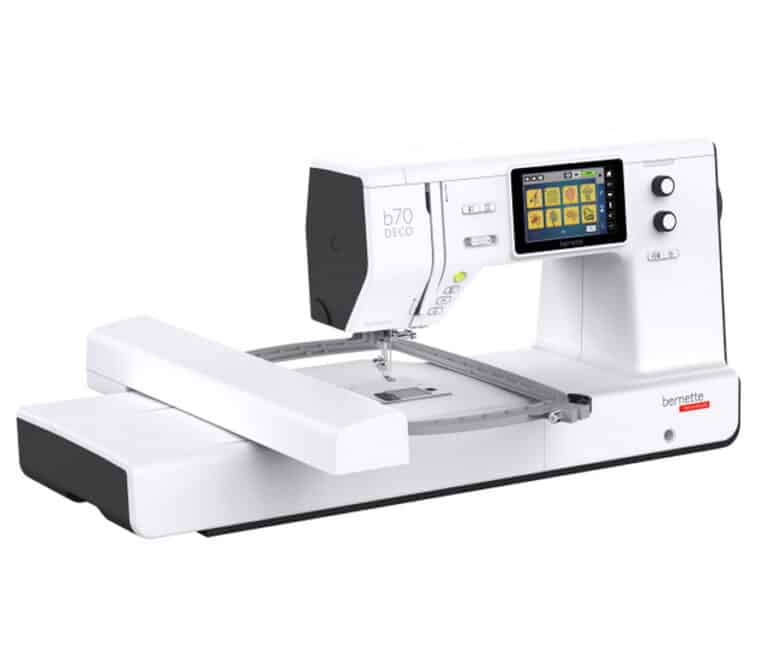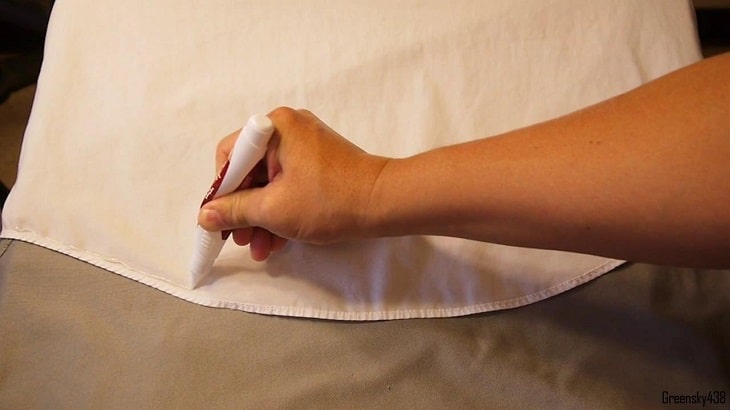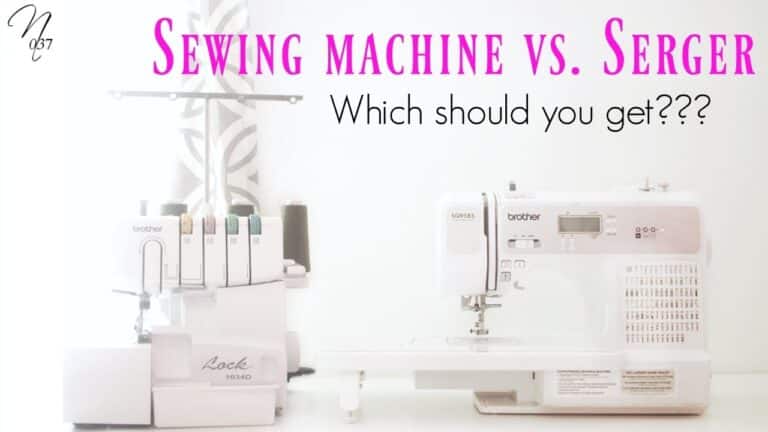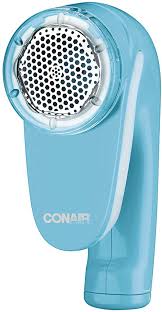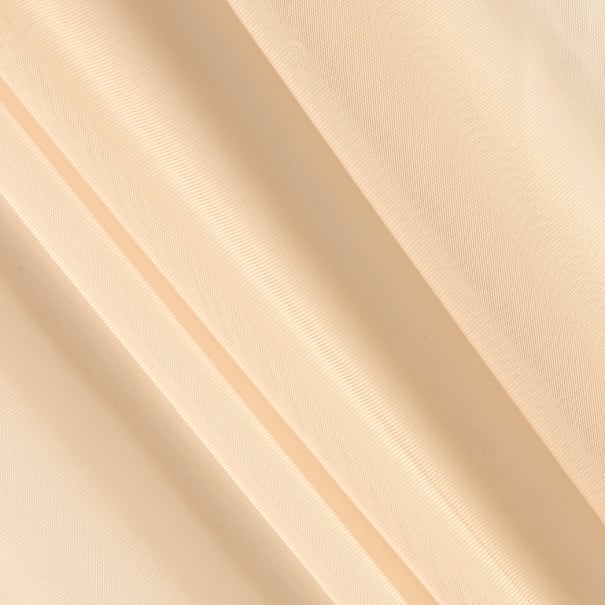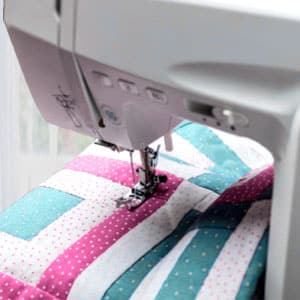Abaca Fabric: History, Properties, Uses, Care, Where to Buy
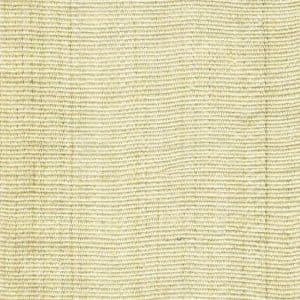
Table of Contents
History of Abaca Fabric
Abaca was widely used before the introduction of synthetic fibers due to its high quality and versatility in uses. You must wonder about its origin; it is native to the Philippines and many cultivated areas of East Indonesia.
It is interesting how, after the 16th Century, the export of Abaca fabric accelerated at such a rate that by the 19th Century is was credited as the most significant export crop. And by 1930, many countries worldwide began cultivating it commercially.
Scientific Description
The scientific plant name of Abaca is Musa Textilis, and it belongs to the plant family of Musaceae. You will find it oddly fascinating that how, unlike most plants, its fibers are extracted from the petioles of plants. This may be advanced knowledge for you but notice the eccentricity of this fabric.
Properties of Abaca Fabric
If you are looking to purchase a stout fabric, with high tensile strength, then abaca fabric is the ideal choice. This fabric is relatively flexible and can be fashioned into any shape that you like. It is quite light in weight and has no odor. Doesn’t it seem like the perfect material to design household items from?
For all the people out there who use environmentally friendly and cruelty-free products, you will fall in love with the biodegradable and eco-friendly nature of Abaca Fabric. The fibers of Abaca Fabric are also resistant to any damage caused by saltwater.
The best part of Abaca Fabric is its natural appearance, which is unique and attractive in its way. You will love how its light beige color and the raw texture compliments different backgrounds and bring a certain earthiness in the object.
Uses of Abaca Fabric
Due to its distinctive characteristics, Abaca Fabric is used widely. You will see how many days to day items are made from it, and even centuries after there is no apt substitute for it. Let’s view some typical applications of this plant:
Pulp and Paper
Items like filter paper, tea bags, base tissue, and even your breakfast sausage’s skin are made from Abaca fibers. If you are a compulsive buyer of stationery, you will notice that the chart folder, binders, and envelopes are made of Abaca fabric too. The patterned paper is made of Abaca.
Crafts
All major fiber crafts are made from and sown out of the Abaca Fabric. The list includes many items: handbags, rugs, carpets, wallets, doormats, and hammocks.
Ropes and Fishing instruments
Because of its sturdy nature, Abaca is used to make ropes. If you enjoy occasional fishing, you will recognize this material from the fishing equipment. The fishnets, hawsers, and ship’s lines are made from Abaca.
Clothes
The market for Abaca clothing is flourishing, and you most defiantly would have bought an item of clothing made of this fabric. It can be easily woven into shirts, suits, and other dressing materials.
Fabric items
Abaca Fabric is a primary component in the manufacturing of curtains, screens, canvases, wallpapers, and furnishings. This multi-faceted fabric is on top of our recommendation list.
Caring for Abaca Fabric
This fabric is not that resistant to chemical or heat, so make sure you protect it from fire or any reactive chemical. Make sure you vacuum the large items made of Abaca an instantly remove the stains from its clothing items. It is likely to be affected by humidity, so limit it to your indoor use.
Where to buy Abaca Fabric
We recommend buying Abaca fabric at https://amzn.to/4b6kxLB.


